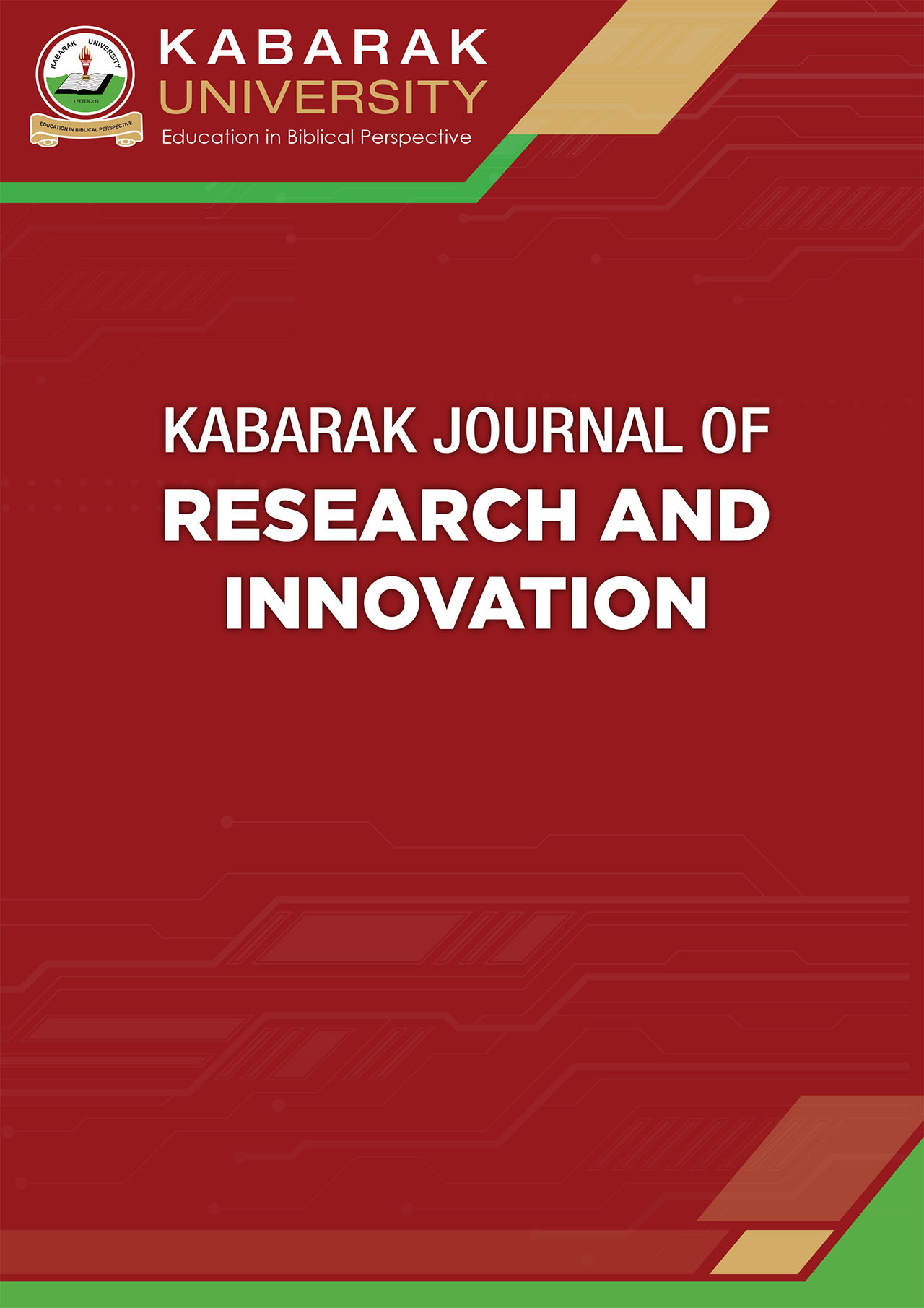The Mechanical and Elastic Properties of Selected 211 MAX Phases
A Density Functional theory Study
DOI:
https://doi.org/10.58216/kjri.v13i4.370Abstract
Abstract: MAX Phases are a class of ternary materials that have continued to play a greater role in the field of materials science due to their unique properties that bridge the gap between metals and ceramics which have uses in a wide range of applications. The studies done so far have proven that MAX phase materials are indeed a promising class of materials in a wide range of applications. However, in spite of this progress, there are still a lot of open questions and properties that needs to be understood. The Mechanical and elastic properties of (Nine) MAX phase materials, namely, Ti2AlC, Ti2AlN, Ti2GaC, Ti2GaN, Ti2PbC, Ti2CdC, Ti2SiC, Ti2GeC and Ti2SnC have been investigated using the density functional theory within the generalized gradient approximations as expressed in Quantum Espresso and VASP codes. The values of elastic anisotropy, Young’s modulus, Poisson ratio and shear modulus revealed that the compounds were indeed stable and ductile. Out of all the nine MAX Phase materials, Ti2PbC and Ti2CdC are more stable than the other considered compounds. The findings of this study suggest that the nine MAX phases considered in this study are potential candidates in various industrial applications requiring hard materials
Downloads
Downloads
Published
How to Cite
Issue
Section
License

This work is licensed under a Creative Commons Attribution 4.0 International License.
The Kabarak Journal of Research and Innovation (KJRI) provides immediate open access to all its published content. This is in line with our commitment to making research freely available to the public, supporting a greater global exchange of knowledge.
All articles are published under the Creative Commons Attribution 4.0 International License (CC BY 4.0). This license permits unrestricted use, distribution, and reproduction in any medium, provided the original author and source are properly credited.
Readers are free to read, download, copy, distribute, print, search, or link to the full texts of articles without asking prior permission from the publisher or the author.


